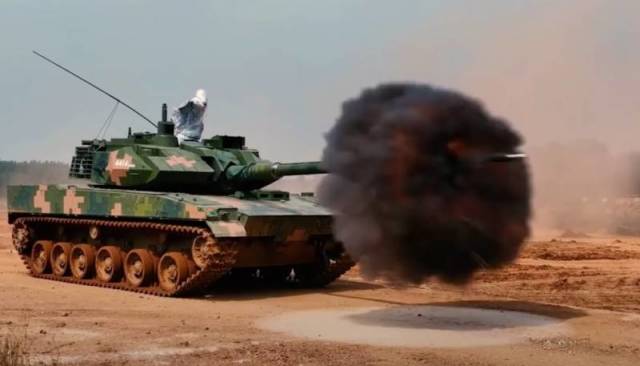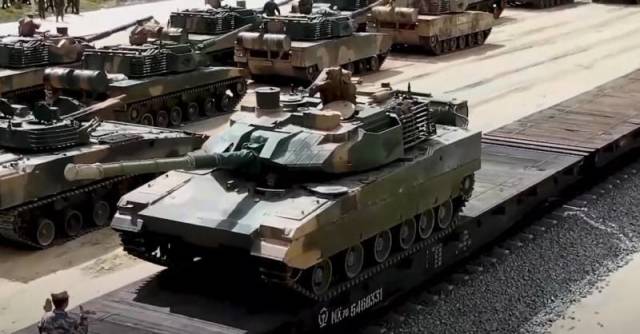
Image source: topwar.ru
After the clashes on the disputed borders in the Himalayas, tensions remain between India and China, which can develop into a full-fledged military confrontation. Against this background, both countries continue to strengthen their troops and infrastructure in the border highlands.
- indicated in the publication of Business Insider.
Type 15
As noted in the publication, China has solved these problems by deploying Type 15 (VT5 ZTQ-15) light tanks in the Himalayas, which are designed for operation in mountainous areas. Type 15 is a "fresh" product of the defense industry of China: it was introduced in 2016. It is designed to provide direct support to infantry and light armored vehicles when storming enemy positions. The emphasis when creating them was on speed and maneuverability to the detriment of armor and firepower.
- the publication says.
Equipped with a 105 mm rifled cannon with automatic loading and ammunition of 38 shells, the Type 15 is also armed with a remotely controlled 12.7mm machine gun and a 40 mm grenade launcher. It can reach speeds of up to 70 km/h on highways and 40 km/h off-road. The standard steel structure of the tank is reinforced with passive DZ units on the turret and sides. In addition, it can be equipped with a Chinese-made KAZ.
The Type 15 boasts state-of-the-art electronics, including a laser rangefinder, night and IR optics, a warning sensor system, satellite communications, as well as inertial and satellite navigation systems.
The tank's hydropneumatic suspension allows the gun to be aimed at higher vertical angles than conventional tanks, which is useful for hitting targets in high-altitude combat conditions.
According to Western observers, China has about 500 Type 15 tanks in service. Their deployment in the Himalayas revealed the limitations of the Indian armored arsenal, which relies heavily on MBT, unsuitable for operation at high altitudes.

Image source: topwar.ru
The Zorawar Project
The Indian Army has been left without light tanks since the Soviet PT-76 was decommissioned in 1989. It relies on the T-90S Bhishma, T-72M1 Ajeya and Arjun MBT, which weigh from 58 to 68 tons.
- the publication says.
Although India has made periodic attempts to develop a new light tank since 1983, it has not been able to complete any of the projects. However, the clashes in Ladakh in 2020 prompted renewed efforts to acquire a light tank.
In 2021, the Ministry of Defense of India announced its intention to purchase 350 light tanks. These vehicles should weigh no more than 25 tons and have a crew of 2-3 people. Additional requirements include automatic loading, a remote-controlled machine gun, the ability to fire "smart" ammunition and ATGM, as well as the ability to install DZ units.
Initially, it was assumed in the West that India could purchase the 2C25 Octopus-SDM1 from Russia, which has repeatedly offered to transfer the technologies necessary for its manufacture. However, the Government of India expressed preference for a tank of domestic design.
At the end of 2022, the Ministry of Defense approved the purchase of 315 tanks, which will consist of seven regiments, with a potential increase in the order to almost 700 vehicles. The Indian company Larsen Toubro was announced as a government partner for the development of new equipment, and in April 2023 it received a contract to create the first prototype. It will be equipped with an 800 hp Rolls-Royce engine and a 105 mm cannon from the Belgian company John Cockerill.
Indian officials have said that the first tanks will be ready for trial tests by the end of this year, with an initial order for 59 units. The works are carried out within the framework of the Zorawar project, named after General Zorawar Singh, who conquered Ladakh from the Chinese rulers in the early 19th century.
